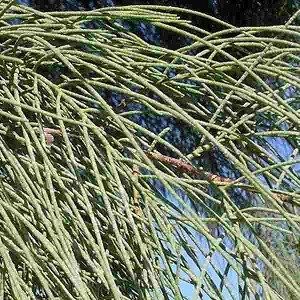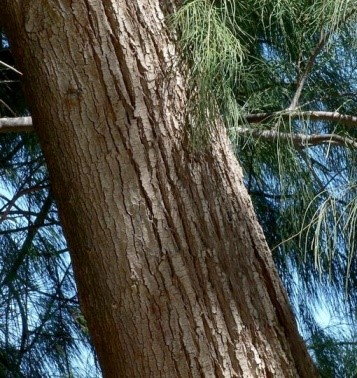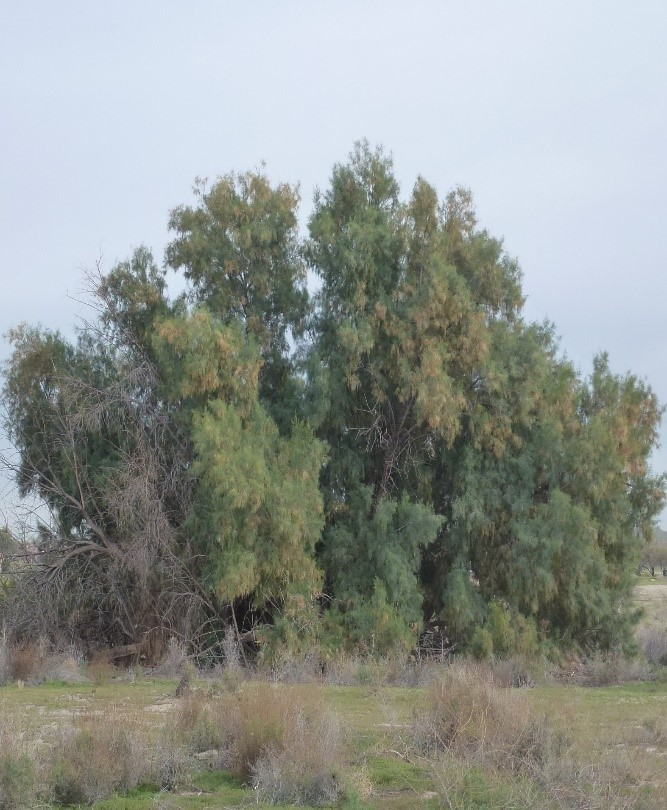Trees
Tamarix articulate Vahl.
Tamarix articulate Vahl.
Description :
This plant is tall shrub or small tree and about 13m tall. The bark of
the plant is reddish brown to grey. It has vaginated and mucronated leaves of
about 1.5 to 2 mm long and have some amount of salt. Flowers are bisexual,
pinkish white, sub sessile and pedicel is less than 1 mm long. Sepals of
flowers are 5 and 1.5mm long and 1mm wide. Petals are 5 to 2mm long. Fruit is
capsulated, conic-pyramidal and about 3 to 5 mm and 1 to 2mm and have numerous
seeds.
Distribution :
This plant is distributed to Africa (Morocco, Algeria, Tunisia, Libya,
Egypt, Senegal, Sudan, Abyssinia, Somalia and, Kenya), Middle East (Jordan,
Saudi Arabia, Yemen, Iraq, Kuwait, Iran) Pakistan, India and Afghanistan. It
prefers coastal scrubland in saline soils and grows well in hot desert areas in
salty and non-salty habitats; at elevations from 200 - 400 meters
Uses :
This plant has been used for decades in
different areas as a wind breaker and shade tree in agriculture and
horticulture. Due to its higher fire adaptability, it can be used as a barrier
to fire. The nectar from the flowers this plant produces a high-quality honey
with an amazing and unique taste. Due to drought and salt tolerant properties
of the tree it can be utilized for plantation as an agroforestry species as
well as for reclamation of marginal lands. A sweet manna-like substance that
forms on the twigs is used to adulterate cane sugar. It can also be eaten with
porridge etc. or mixed with water to make a refreshing drink. The bark is
astringent and bitter, and it is used for treating eczema and other skin
diseases.
(CABI, 2000; Kunzmann et
al., 1989)



